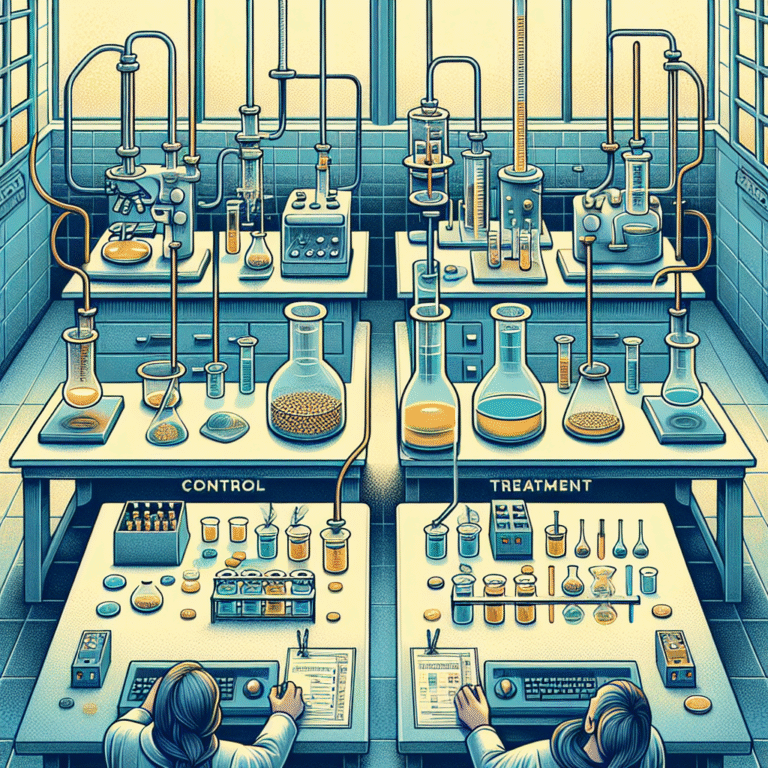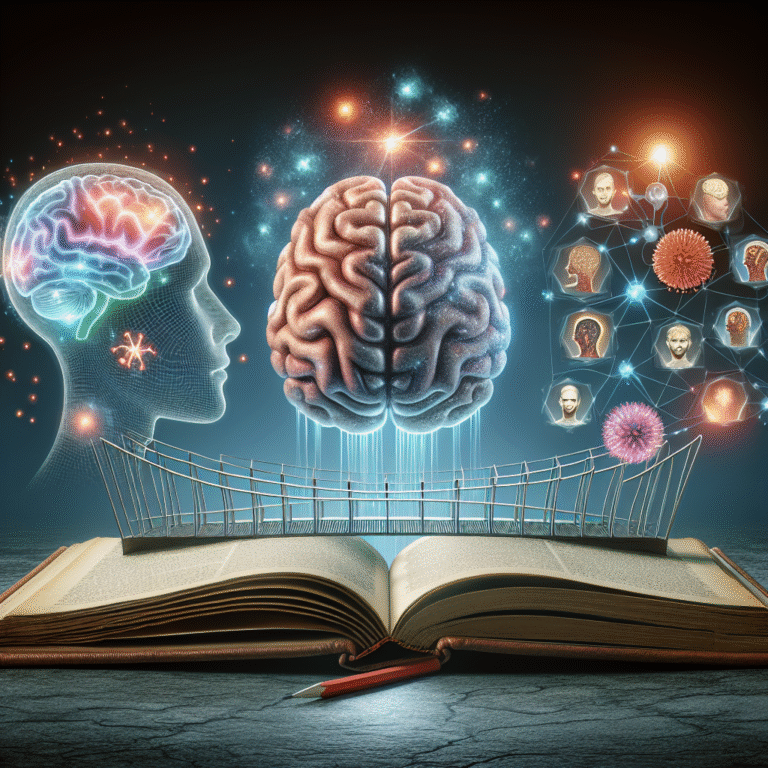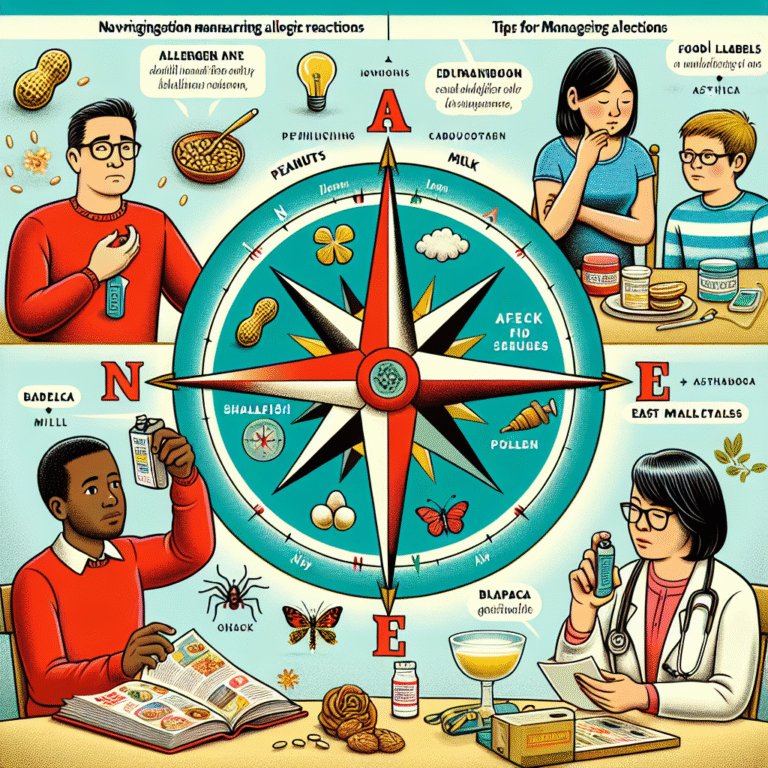Introduction: Unlocking the Healing Potential of Your Brain
Imagine overcoming chronic pain, debilitating injuries, or emotional turmoil through sheer mental adaptability. This concept isn’t just a hopeful notion—it’s backed by science. From Pain to Progress: Neuroplasticity as a Pathway to Healing explores the remarkable ability of our brains to rewire themselves in response to injury or trauma. Neuroplasticity has emerged as a beacon of hope for those facing physical and psychological challenges.
Neuroplasticity refers to the brain’s ability to form new neural connections throughout life. Whether you’re recovering from an injury or managing a chronic condition, the brain’s capacity to adapt offers a pragmatic approach to healing. This article will delve deep into what neuroplasticity is, how it works, and how it can be harnessed for both mental and physical rehabilitation. By the end, you’ll understand how to transition From Pain to Progress and embrace a path toward healing.
Understanding Neuroplasticity: A Brain That Heals
What is Neuroplasticity?
Before diving into the mechanics of neuroplasticity, let’s clarify what it is. Neuroplasticity is the brain’s ability to reorganize itself by forming new neural connections. This ability is critical not only during our development but also throughout our lives, allowing us to learn new skills and recover from injuries.
Types of Neuroplasticity
- Functional Plasticity: This is the brain’s ability to move functions from damaged areas to undamaged areas.
- Structural Plasticity: This involves a physical change in the brain’s structure in response to learning or experience.
The Science Behind Healing: How Neuroplasticity Works
Neuroplasticity involves several neurobiological processes, including synaptic plasticity, neurogenesis, and rewiring pathways. At its core, here’s how it happens:
- Synaptic Plasticity: The strengthening or weakening of synapses based on activity levels. More "use" leads to stronger connections.
- Neurogenesis: The process of generating new neurons, particularly in the hippocampus, which plays a crucial role in memory and emotional regulation.
- Cortical Remapping: When one area of the brain is injured, other regions can take over its functions, especially if they are neurologically adjacent.
By understanding how these components work, patients can become more informed participants in their healing journey.
Case Studies in Neuroplasticity: Real-World Applications
Case Study 1: Stroke Rehabilitation
One compelling example involves stroke patients who often experience motor deficits. Traditional rehabilitation methods focus solely on physical therapy, but integrating neuroplastic strategies significantly enhances recovery.
Analysis: A patient unable to move their arm after a stroke might use virtual reality training that simulates arm movements. This engagement prompts the brain to form new pathways, leading to substantial improvement.
Case Study 2: Chronic Pain Management
Chronic pain often stems from a misinterpretation of signals by the brain, a phenomenon known as central sensitization. Mindfulness practices and cognitive-behavioral strategies help retrain the brain to process pain differently.
Analysis: A patient suffering from fibromyalgia utilized mindfulness-based stress reduction, reporting a 30% decrease in pain levels after several weeks. By using neuroplasticity principles, they learned to reinterpret their pain signals.
Case Study 3: Anxiety and PTSD Recovery
Research indicates that therapies focusing on reconditioning the brain can positively impact anxiety and PTSD. Techniques such as EMDR (Eye Movement Desensitization and Reprocessing) stimulate neuroplastic changes leading to the restructuring of traumatic memories.
Analysis: A soldier suffering from PTSD engaged in EMDR therapy, subsequently showing a 50% reduction in symptoms, which is a remarkable demonstration of From Pain to Progress: Neuroplasticity as a Pathway to Healing.
Practical Techniques for Harnessing Neuroplasticity
Mindfulness and Meditation
-
Mindfulness Meditation: Involves focused attention and awareness, which can alter brain structures associated with stress and emotional regulation.
- Cognitive Behavioral Therapy (CBT): This technique helps change negative thought patterns, effectively creating new neural pathways.
Physical Activity
Regular physical activity not only improves physical health but also stimulates neurogenesis and functional plasticity.
- Aerobic Exercise: Studies show that cardiovascular activities foster brain health by producing growth factors that enhance neuroplasticity.
Learning New Skills
Engaging in new hobbies, whether it’s playing an instrument or speaking a new language, can lead to changes in brain structure and function. Challenging your brain keeps it adaptable and healthy.
Nutrition and Neuroplasticity
A balanced diet rich in antioxidants, omega-3 fatty acids, and essential vitamins supports brain health. Consider foods like blueberries, salmon, and leafy greens as allies in your healing journey.
| Nutrient | Benefits |
|---|---|
| Omega-3 Fatty Acids | Enhance cognitive function, neurogenesis |
| Antioxidants | Protect against oxidative stress |
| B Vitamins | Support neuronal health and energy |
Common Misconceptions About Neuroplasticity
Myth 1: Neuroplasticity Only Occurs in Childhood
While it’s true that the brain is most adaptable during childhood, neuroplasticity continues throughout life. Adults can develop new skills and recover from injuries.
Myth 2: Change is Impossible After Injury
Many believe that once brain areas are damaged, recovery is out of the question. However, as outlined in various case studies, targeted interventions can promote recovery.
Myth 3: Neuroplasticity Is Always Positive
Neuroplasticity can lead to negative adaptations, such as chronic pain or anxiety disorders. Understanding this dual nature is critical in guiding healing efforts.
Conclusion: Embracing Change and Healing
The journey from pain to progress requires a mindset shift, one that embraces the incredible adaptability of the human brain. From Pain to Progress: Neuroplasticity as a Pathway to Healing is a powerful tool that can empower individuals to reclaim their lives, overcome obstacles, and adapt to new realities.
As you consider the neuroscience behind healing, remember that your brain is not a static organ but a dynamic entity capable of change. Whether you’re dealing with physical pain, emotional trauma, or mental health challenges, the principles of neuroplasticity can pave the way for vibrant, lasting transformation.
Actionable Insights
- Start a mindfulness practice today to learn to live more fully in the moment.
- Consider physical activities that excite you; this will make exercising a sustainable and enjoyable habit.
- Challenge your brain with new skills, whether it’s learning a new language or picking up an old hobby.
FAQs: Addressing Your Concerns
1. How long does it take to see results from neuroplasticity interventions?
Results vary widely, but many individuals notice improvements within weeks to months, depending on consistency and the methods used.
2. Can anyone benefit from neuroplasticity techniques?
Absolutely! Neuroplasticity is beneficial for people of all ages and backgrounds, whether for recovering from injury or improving mental health.
3. Are there any risks involved in attempting to harness neuroplasticity?
Generally, the practices associated with neuroplasticity (like mindfulness, exercise, and cognitive training) are low-risk. However, consulting a healthcare professional for personalized guidance is advisable.
4. How does age affect neuroplasticity?
While younger brains are more adaptable, research shows that older adults can still develop new pathways, though it may require more effort and time.
5. Are there specific therapies to enhance neuroplasticity?
Yes! Techniques such as CBT, EMDR, mindfulness meditation, and physical exercise are all geared towards nurturing neuroplasticity.
As you embark on your journey from pain to progress, understand that you are not just a passive recipient of your brain’s capabilities; you are an active participant in its ongoing story of healing and adaptation. Embrace these insights, equip yourself with knowledge, and celebrate every step you take toward recovery and growth.

















